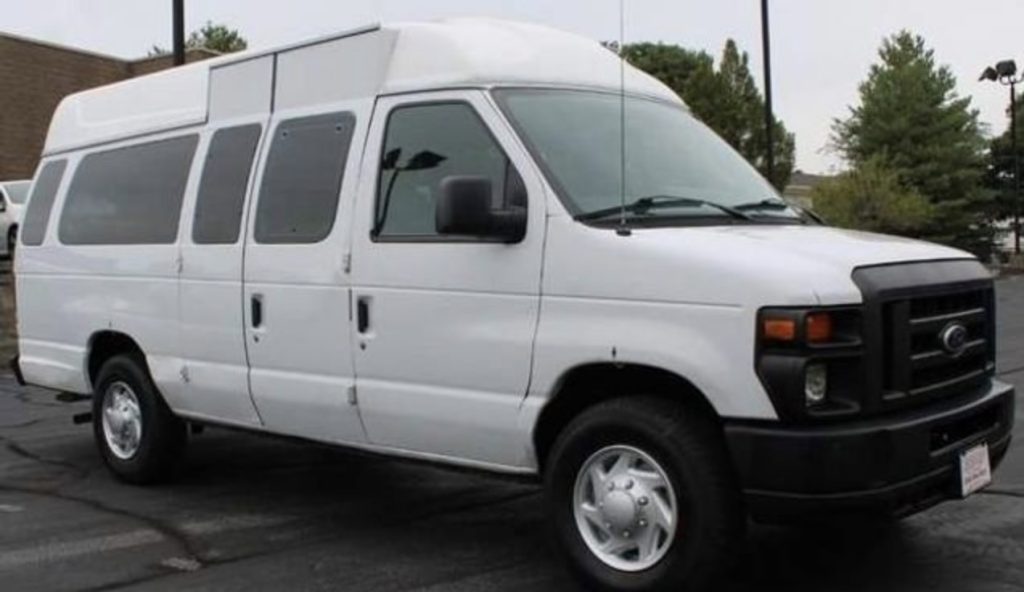
If your Ford Econoline has a faulty throttle body, it can cause it to run terribly. Common symptoms of a bad throttle body include dirt and grime, the check engine light, and an erratic idle.
Your Econoline’s throttle body controls the amount of air that enters the engine. You control the throttle body position with the gas pedal. So, the symptoms of a bad throttle body will all affect how the vehicle feels responding to your throttle input. A rough idle is also a very common symptom.
The symptoms of a bad throttle body can feel identical to a vacuum leak, bad throttle position sensor, clogged air filter, or bad MAF sensor.
Bad Throttle Body Symptoms
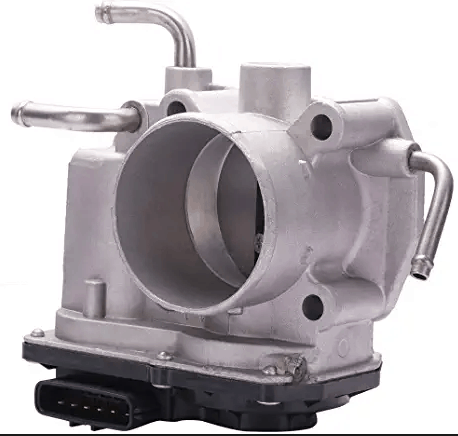
Here are the most common symptoms of a bad throttle body.
Check Engine Light
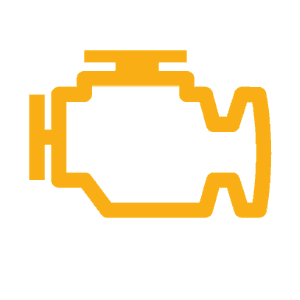
The check engine light is one of the most common symptoms of a bad throttle body in your Econoline. Start your diagnosis here.
The trouble codes that are stored in the computer can tell a lot about what is actually going on. This makes diagnosing the throttle body much easier.
P0121- Throttle position sensor “A” circuit range/performance is the most likely code you’ll experience if your van has a throttle body issue.
Rough or Unstable Idle, Stalling
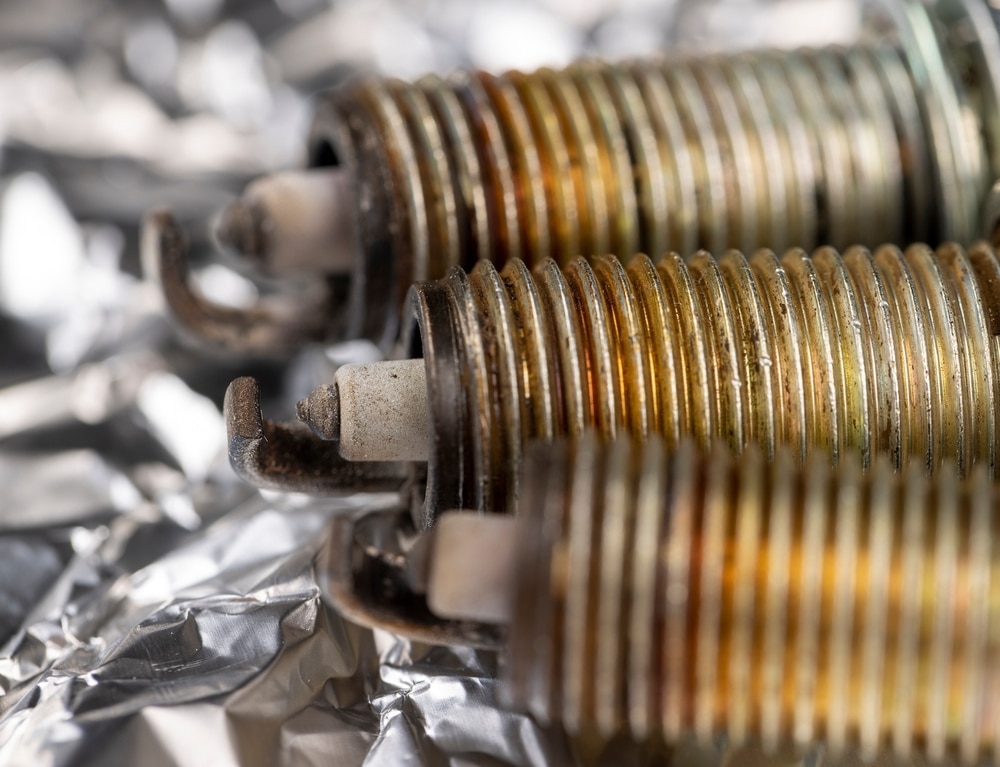
A failing throttle body may cause a rough or unstable idle. If you notice your engine idling poorly or in a rough manner, it could be an indication that your Ford Econoline has a bad throttle body.
Dirt, grime, or coking inside the housing can interrupt the air-fuel flow and disrupt proper engine operation. In more severe cases, the engine may stall while idling or experience sporadic high revs.
A very common indicator of a dirty throttle body is when your van’s engine stalls when coming to a quick stop.
Poor Acceleration
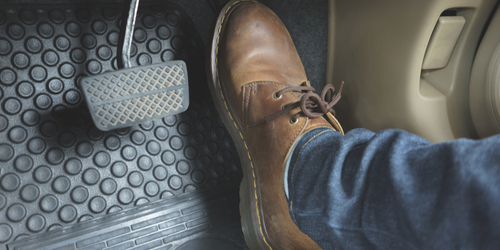
When your Econoline’s throttle body is not functioning correctly, you could experience acceleration issues. This is because the throttle body is responsible for managing the air-fuel mixture that enables your vehicle to accelerate smoothly.
If this mixture is not properly regulated, your car may struggle to pick up speed or hesitate when you press the accelerator.
Your Ford Econoline may get the P0171 or P0174 codes, which indicate the air-fuel mixture is lean.
Decreased Fuel Efficiency
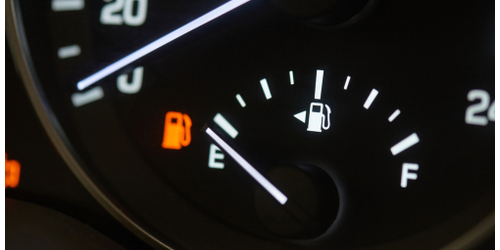
A bad throttle body can negatively impact your Econoline’s fuel economy. If your van’’s air-fuel mixture is not optimal or the throttle body isn’t responding accurately, the engine might require more fuel to maintain its performance.
As a result, you may notice a decrease in MPG’s or frequent fill-ups at the gas station.
Your Econoline may have a P0172 code (too rich, bank 1) which indicates your car or truck is using too much fuel in relation to the air
Diagnosing a Bad Throttle Body

Visual Inspection
Begin by visually inspecting the your Econoline’s throttle body for signs of dirt and grime buildup. Over time, this buildup (also known as coking) can cause an interruption in air-fuel flow and lead to poor performance.
Check for any corrosion or damage to the throttle body and its components. If you find any issues during your visual inspection, clean the throttle body with a throttle body cleaner and check for improvements in performance.
How does the wiring look going into you Econoline’s throttle body? If it looks damaged or broken, test and replace it.
Testing the Econoline’s Throttle Position Sensor
The throttle position sensor (TPS) is responsible for communicating the position of the throttle to the engine control module (ECM). To test your TPS, follow these steps:
- Locate the TPS, typically on the side of your Ford Econoline’s throttle body.
- With a multimeter, measure the resistance between the TPS terminals while the key is in the “on” position, but the engine is off.
- Slowly move the throttle from its closed position to its fully open position while observing the multimeter.
- The resistance should increase smoothly as the throttle opens. If the resistance jumps or is erratic, your Econoline’s TPS may need to be replaced.
Testing for Vacuum Leaks
A vacuum leak can cause erratic idle, poor acceleration, and poor fuel consumption. To test for vacuum leaks, follow these steps:
- Start your Econoline and let it idle.
- Spray a small amount of carburetor cleaner or brake cleaner around the base of the throttle body. Be cautious when doing this, as these substances are flammable. It’s best to try this when your van’s engine is cold.
- Listen for changes in the idle speed. If the idle speed increases when you spray the cleaner, it indicates that there is a vacuum leak in that area.
- Inspect the vacuum hoses connected to the throttle body, ensuring they are in good condition and properly connected.
By following these steps, you should be able to diagnose a bad throttle body in the Ford Econoline and take necessary action to remedy the problem.
Throttle Body Maintenance and Replacement
Cleaning the Throttle Body
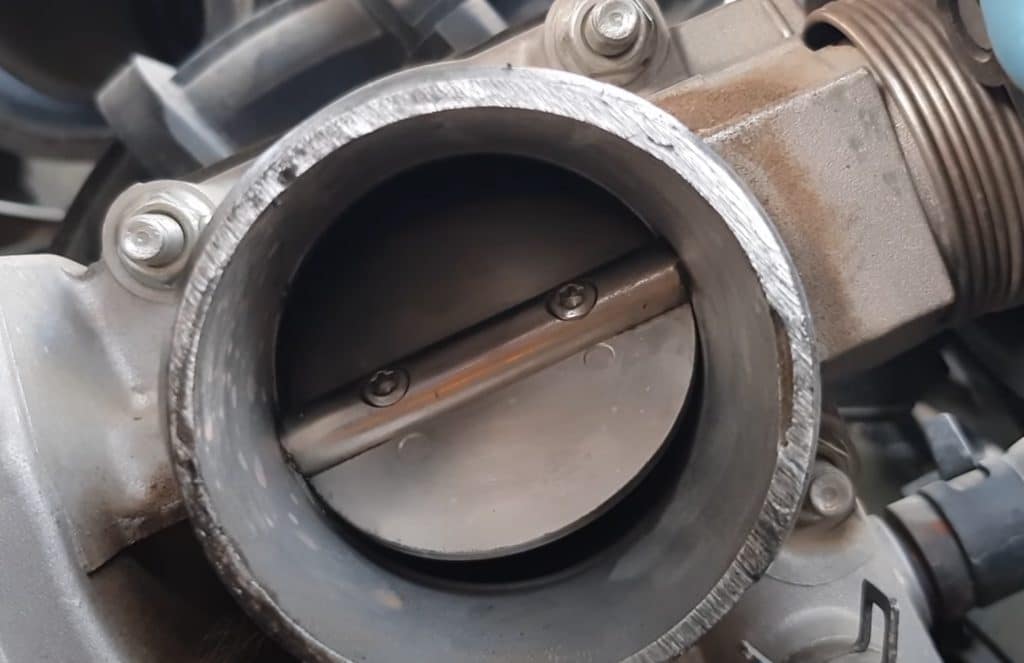
If you’ve determined that your Ford Econoline has a dirty throttle body, you’ll need to clean it.
Proper maintenance of your vehicle’s throttle body is essential for optimal engine performance. Dirt, grime, and other contaminants can build up over time, leading to coking, which disrupts the air-fuel flow in your engine. To clean your throttle body, follow these steps (or just watch how):
- First, make sure your engine is cool and your Econoline is in a well-ventilated area.
- Locate the throttle body, which is typically located between the air filter and the intake manifold.
- Remove the air intake hose and any other necessary connections for easier access to the throttle body.
- Use a specialized throttle body cleaner and a clean cloth or brush to gently scrub away any deposits or buildup. Don’t use soap or brake parts cleaner.
- Reassemble the connections and air intake hose, then start your engine to confirm proper operation.
It’s important to note that some vehicles may require more specific cleaning procedures or products, so always consult your Ford’s owner’s manual or a professional mechanic for guidance.
Conclusion
If you notice any of these symptoms in your Ford Econoline, it’s important to address the issue promptly, as a bad throttle body can severely impact your engine’s performance. Many manufacturers don’t set a specific interval for throttle body replacement, so it’s crucial to be observant and proactive in maintaining and servicing your vehicle.
In cases where replacement is needed, the cost can vary, with estimates of around $500 for parts and labor. However, always consult with a trusted mechanic for accurate pricing and recommendations tailored to your specific vehicle.

